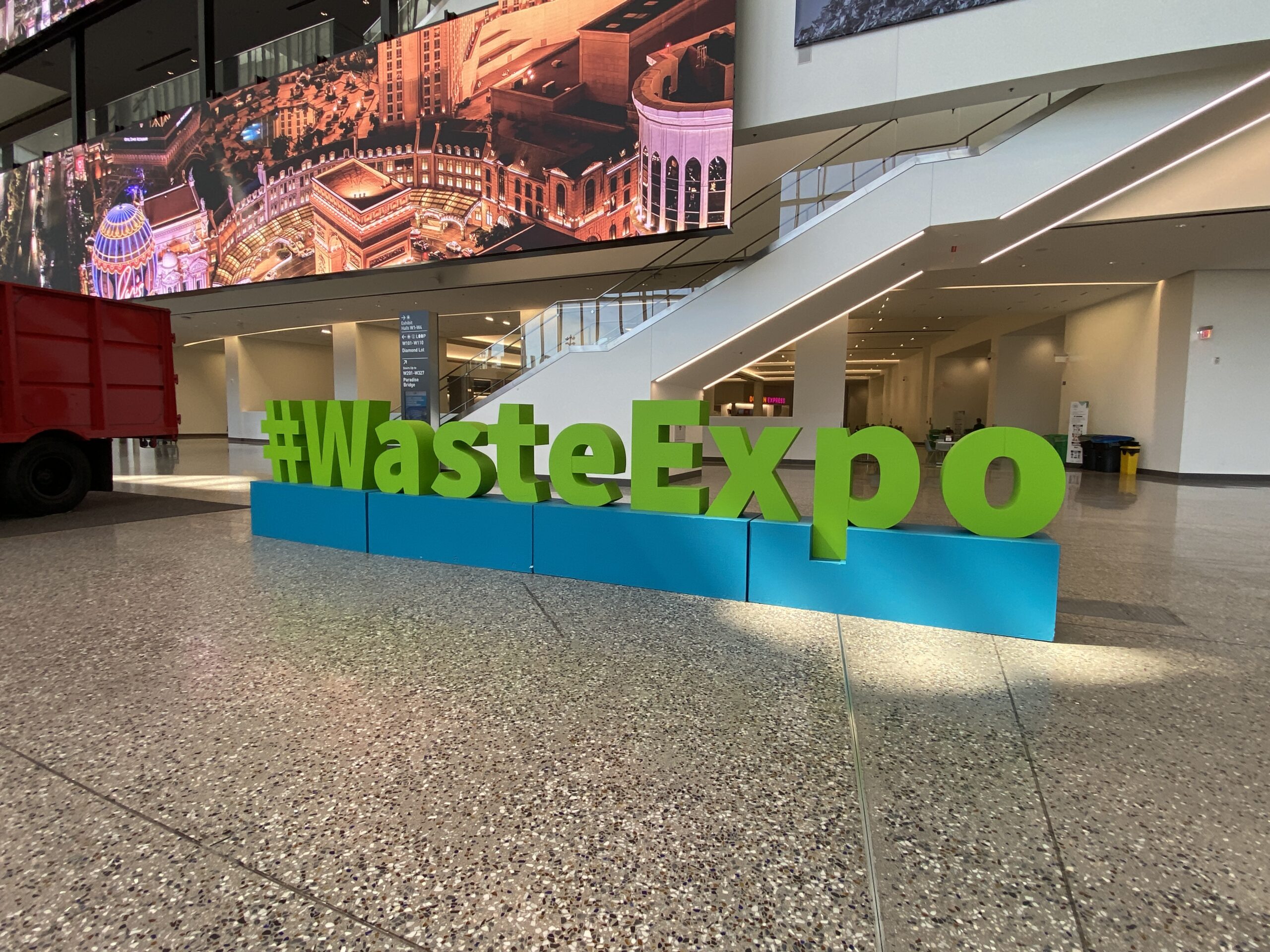Construction and demolition is big business and part of the ever-recurring cycle of the birth and regeneration of our towns and cities. But the stress these activities put on our environment in terms of resource extraction and carbon footprint should make anyone pause, which is why we have put together this resource on how to approach building more sustainably.
Recycling, reducing, and reusing construction materials creates many benefits both economically and socially. Reusing materials can be a more cost-effective approach, and properly processing or avoiding creating waste can prevent toxic buildup in our soil and our food systems, prevent proliferation of noxious gasses which can lead to asthma and respiratory illnesses, and prevent toxicity in our water system which can lead to developmental and learning disorders and reduced cognitive capacity.
Reducing the demand for new resources cuts both the economic and environmental costs for the production and transportation of new materials.
Before you plan your project, know that each municipality has different regulations and rules. Some municipal waste systems do not accept construction materials for either landfills or recycling, and it’s highly possible that your demolition experts may need to prepare the materials for recycling.
Materials that are recycled include concrete, untreated wood including plywood, flooring and molding, asphalt, trees which can become compost or mulch, and metals like steel, aluminum and copper which can be melted down and remade or sold for scrap. Federally-regulated hazardous materials which can cause cancer and poisoning such as asbestos, latex paint, lead, PCBs and chemicals such as solvents and adhesives must be disposed of properly to avoid groundwater contamination. State environmental agencies exist to provide resources to help you determine best practices.
When building anew, considering how easily deconstructable your project is will help set the stage for reuse and recycling in the future. Brickwork, for instance, made with high quality bricks but easy to break apart mortar allows the bricks to be reused at a future point. (You can read our post about brick recycling here.) The best buildings to deconstruct are wood-framed and contain materials that can be resold such as architectural moldings, unique fixtures, and multi-paned windows. While reuse centers are a small percentage of the number of reuse retail businesses, they still manage a large volume of architectural salvage items including cabinets, lumber, metals, hardware, bricks, furniture, appliances, plumbing, and lighting.
One of the most well known outlets for selling reusable materials and goods aside from home improvement stores and donation centers are Habitat for Humanity ReStores which can be found in Canada, the United States, New Zealand, and Australia.
The EPA has an entire website devoted to explaining best practices for reducing, reusing and recycling construction and demolition materials. They also provide a list of organizations working to reduce the disposal of construction and demolition materials here.
PopUP CleanUP strives to create sustainable cleaning practices to help protect the people, pets, and places in our communities.



